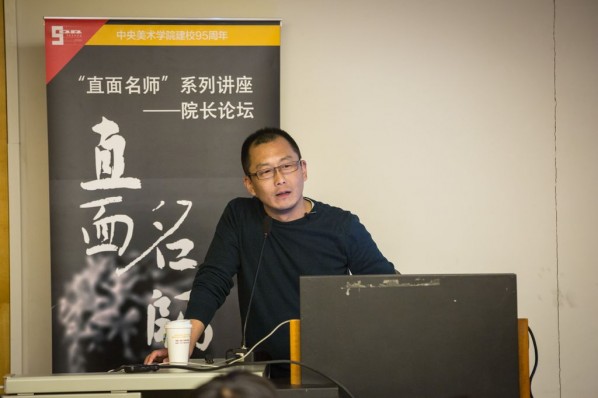
At 18:30 on December 10, 2013, Wang Chuan, Deputy Dean of the School of Design, CAFA, gave a speech entitled “Adapting – Changing Photographic Medium” at B-118 on the underground floor of building 7 in CAFA. It was the 8th session of “Facing an Outstanding Teacher” series, organized by the Department of Study and Practice at the Student Union. Prof. Wang Chuan shared his production and related experiences in the field of photography with the changing photographic mediums and future development. Meanwhile by combining his own creative practice, he comprehensively presented his photographic philosophy.
In the current media trend, photography is changing too fast for people to capture, when many people discuss contemporary photographers they feel at a loss, failing to evaluate contemporary photography. Wang Chuan said “Change” is the first feeling of photography. Every individual responds to, protests and participates in the change, constructing a contemporary image. Wang Chuan hoped to find eternal things in the dramatic changing photography.
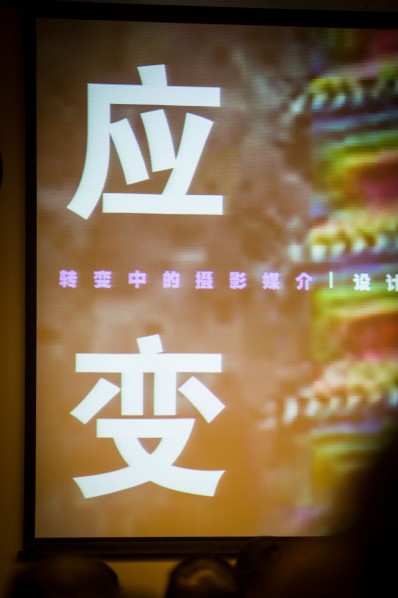

The current development situation of photographic mediums
Prof. Wang Chuan initially showcased the works that won the BBC Photography Awards, the works on display at Documenta in Kassel, the studies of digital images of DFKI institute in Germany, as well as the use of image technology in everyday life. He wholly narrated the current development and technical level of photography, and explained his mental processes in the fast changing world of photography.
Wang Chuan said current photography faced some risks. In the Documenta in Kassel, he saw a photographer that had used the photos which were published in American Life Weekly over the years, serving as the elements of the work “Grass”. Wang felt that the work explored the relationships between people and images, and he thought that a key to the relationships was that images replaced the real world, which was finished by the complicity of the whole media. In the DFKI institute in Germany, mathematical methods were used to solve the phenomena and issues encountered in photography, and even if it was dimly shot, it would become clear by using calculations; the issue of depth could be dealt with by repeatedly focusing, and shot in multi directions with the combination of digital calculation. Wang believed that there were a variety of things worthy of our thinking.
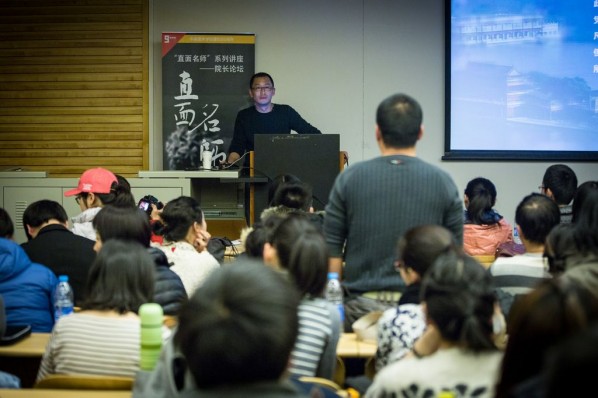
The history of photography was less than 200 years old, but driven by technology it rapidly changed, many thoughts on photography emerged by entangling the feasible and the unfeasible. In our everyday lives, the changes in photographic equipment changed our behavior and the way of thinking, and also made photography easier, seen from the statistical data in the network, photography was still the No.1 visual medium, it was certain that it was worthy of our attention. Due to the development of digital technology, internet and mobile terminals, it truly promoted the popularity of photography, while the issue of trust also emerged, which decreased the previous belief in photography, which was like the self- deconstruction process. We used photography to capture a moment, while we also became the object of other people's shots. In the photographs the subject and object were alternative, when people saw them, it added a relationship of seeing and being seen. Wang Chuan pointed out that the links generated by traditional photography had been wholly influenced.
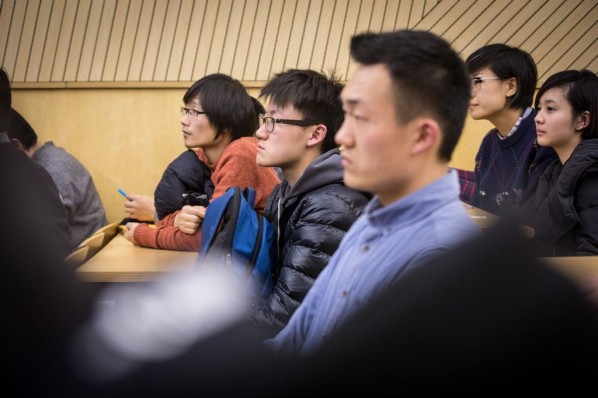
Individual Practices
Prof. Wang Chuan mainly cited the creative processes of the 5 years from 2007 to 2013, and during this period he was trying to solve four issues: language, selection, tradition and routine. Wang had always tried to explore photographic language, choice was a subjective issue, which was inseparable with traditional themes and the influence of current everyday life. His exploration started from the pursuit of the sense of a coarse grainy film, to a pursuit of clarity, Wang Chuan used the creative method of dualism, dichotomy, which was traditional and conservative, meaning that language paid the main role in the creation process. Spending too much time and energy on the exploration of “language” he began to raise his guard, ashe had not found any objects, he started the creations of four series of works including “Beijing Pixels”, “The 8 Great Sites of Beijing”, “Re-focus: Dragon” and “Color”, which originated from his own feeling.
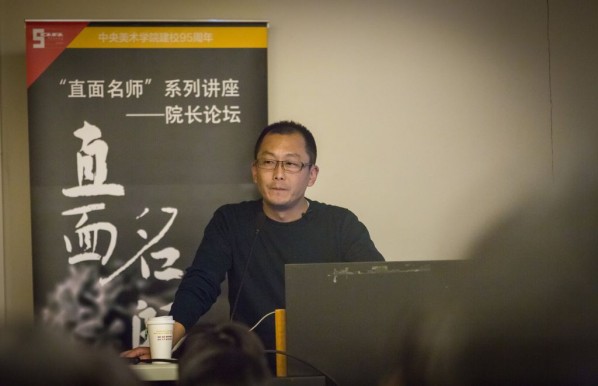
“Beijing Pixels” photographed in 2008, rather than shooting landmark buildings in Beijing, he showcased his personal feeling of Beijing, such as the shot of the faces of endangered dead animals in the zoo. Wang Chuan thought this feeling was more suitable for pixel language, while this language asked him questions in turn.
Wang Chun talked about why to shoot and the issues encountered in the process of shooting his works of photography “The 8 Great Sites of Beijing”, finished in 2009.
In the “Re-focus: Dragon” from 2009 to 2011, Wang Chuan was inspired by “dragon” appearing everywhere in folk tales, with an individual understanding and experience during the process of the creations. He believed that a blur was a quality of pixelated images, which was strengthened by the confrontation of normal images, originated from traditional photographic focus, reflection of semi-natural and semi- subjective results, while the subjective displayed the process of choice. Thus Wang Chuan had always shot with a subjective feeling, establishing a way for seeing that was changing from a blur to clarity.
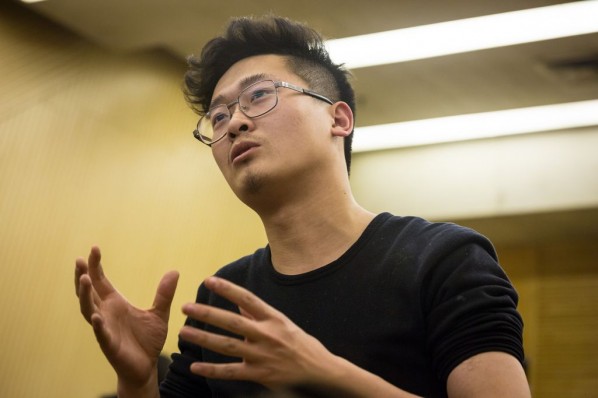
Journalist: Ye Yuanfeng, Photo: Hu Zhiheng/CAFA ART INFO
Translated by Chen Peihua and edited by Sue/CAFA ART INFO




























